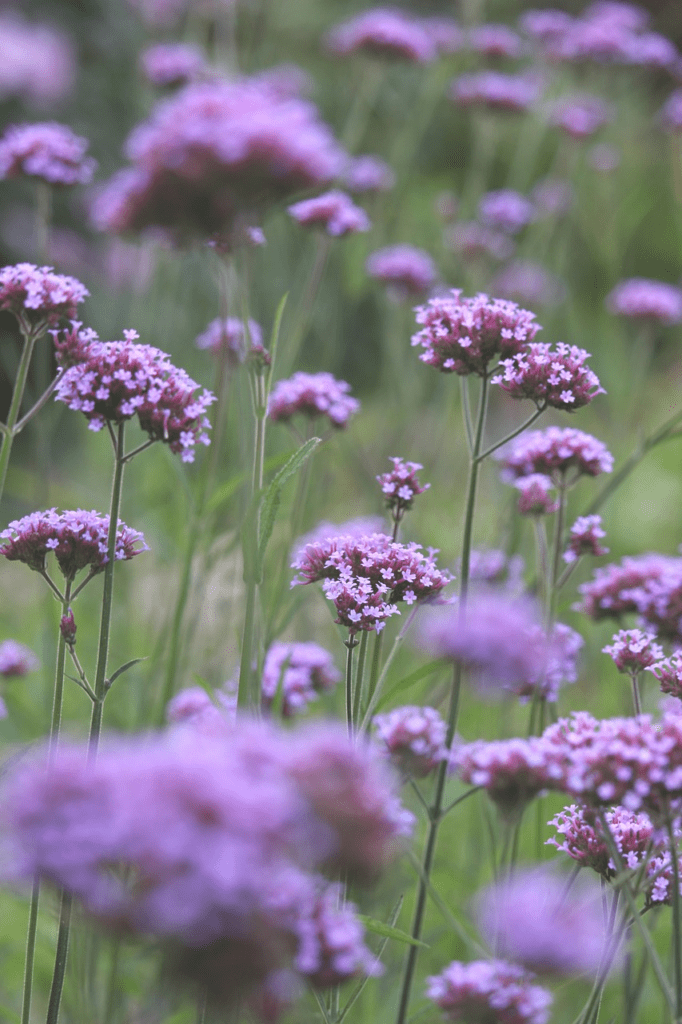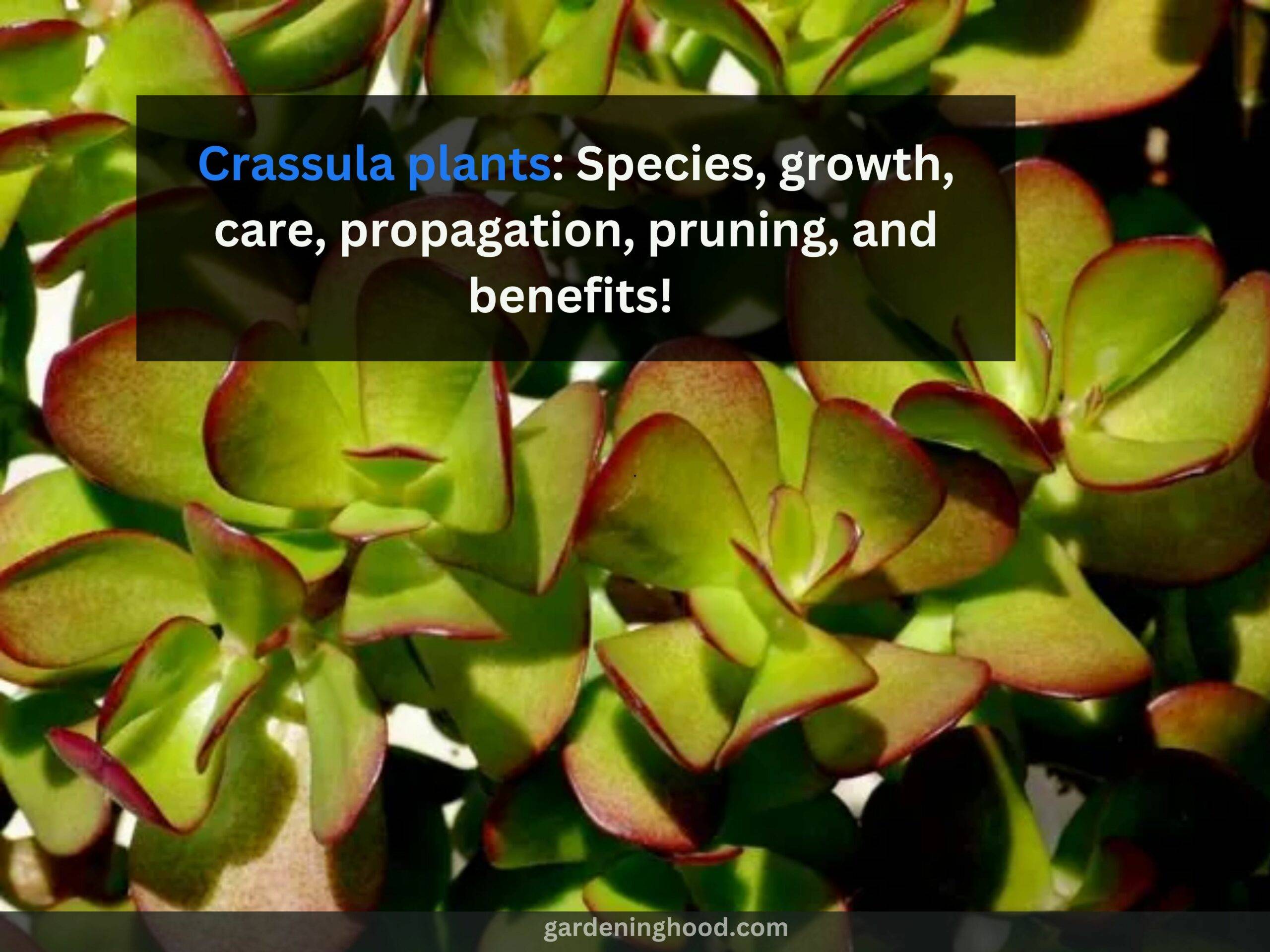How to do Verbena Groundcover? – Best Verbena for Groundcover – Trailing Verbena
Do you know How to grow a Verbena Groundcover? What is a Verbena Groundcover? Verbena is a perennial plant and popular for the groundcovers, filling spaces, or hanging its beautiful branches with flowers in pots.
From upright to creeping verbenas. You can think of bringing a dramatic twist to your landscape by using creeping varieties.
Quick takeaways:
- The flowers of this species are eternally beautiful.
- These are usually of Asian and American origin.
- The upright tall ones are about a foot tall and can be used in gardens or pots.
- You can grow and care for verbena for groundcover by using fertilizers and Pruning and Deadheads.
But, we know you are here for the groundcover, the “eye-catchy ones” and variety that would suit the best groundcover result. Right!?
So, let’s get started on Verbena Groundcover!
| Common Name | Verbena, annual verbena |
| Botanical Name | Verbena x hybrida |
| Family | Verbenaceae |
| Plant Type | Annual, perennial |
| Mature Size | 9–12 in. tall, 12–18 in. wide |
| Sun Exposure | Full |
| Soil Type | Moist, well-drained |
| Soil pH | Acidic, neutral |
| Bloom Time | Spring, summer, fall |
| Flower Color | White, red, purple, pink, lavender, bi-colored |
| Hardiness Zones | 8–11 (USDA) |
| Native Area | Europe |
| Toxicity | Some types are toxic to dogs, cats, horses |
How to choose Verbena for Groundcover?
Choosing the correct species for Verbena Groundcover is the most important step here.

- Choosing the verbena variety that usually grows close to the ground, trailing types, and doesn’t attain much height, perhaps many varieties of verbena grow as bushes of about 4-5 feet tall.
- The verbena(creeping ones) grow by vegetative propagation spreading out the stems from which roots emerge and new plants are formed.
- The upright types of the verbena propagate via rhizomes that give out the new shoots. These two spread out more, staying low to the ground, and obviously would form an outrageous groundcover.
- Make sure that the ground cover also needs proper spacing. You can play them in the triangular form groups with about a little space, approximately 12 inches gap between them. The measurements may vary depending on your space and the size of the area.
- It is important to know the square foot area of the garden to get an idea about the plant’s number. This will also reduce the chances of “mildew”(white powdery patches) on parts of verbena plants.
How do you spread Verbena?
Verbena grows well in good sunlight, well drained-moist soil but not overly watered soil type. A full day of sun exposure is important for a good verbena landscape, avoiding too much shade can let the growth cycle move unbothered.
Verbena is a perennial plant and popular for the groundcovers, filling spaces, or hanging its beautiful branches with flowers in pots.
To spread verbena better, trimming the plant short to one-fourth of its height can be beneficial. Make sure water reaches and spreads thoroughly to verbena.
The hardiness in winter, that may appear and leads to difficulty in their survival, can be reduced by continuous pruning.
How to Grow and Care for Verbena?
As we have already made you aware of the water and soil conditions required for ‘great’ verbena groundcovers, other requirements are:
Fertilizer
- Adding a layer of organic fertilizer in mid to late springtime, don’t go for too many additions of fertilizers.
- The continuous fertilizers in the garden beds should be done during the planting times of verbena.

Pruning
- Deadheading is not much required in verbs to let the blooms stay healthy.
- The trimming will help to reduce too many elongated ends that are hindering the growth of other plants.
- Trimming for verbena is highly beneficial but yeah! Light trims work best!
- The verbenas, in most cases, are short-surviving plants, so you wouldn’t want to keep the dead plant or flowers in the garden bed, make sure to replace the plants after two to three years.
- The trailing ones grow well in the garden and some can re-seed on their own, and regrow naturally.
For more such plant related-articles, you may also read, Popular Vines for Texas – Vines for the Southern Region
Sunlight needs
- It requires a good amount of sunlight for its growth.
- You have to provide about six hours of sunlight a day to this plant.
- Also, 8 to 10 hours of sun will help them grow at a faster pace.
- If you will provide shade to the plant, then the flowers in the plant will be reduced.
Soil needs
- What about the soil needs of this plant? It requires dry soil for its growth.
- The ideal pH level for this soil lies between 5.8 to 7.2 which is slightly acidic to neutral.
- If you will feed it with heavy soil, then it will cause root rot.
- The soil should be well drained for your verbena plant.
Watering needs
- Water required by this plant is about 1 inch in a week so that it grows well.
- They can leave without water for some period but you have to provide them with water.
- It will help in keeping the soil moist for the growth of the plant.
- If the soil is soggy, it will cause issues in the plant like botrytis blight.
Temperature and Humidity needs
- It will grow in the climate areas with cold atmospheres.
- People tend to plant them as annuals, so they can grow in any climate except hot climate.
- Its USDA hardness growing zone is 8 to 11.
Cuttings propagation
As mentioned propagation of verbena can be done easily, so let’s know the procedure for doing so.
After growing the verbena in your garden, you can take advantage of the most flavorful crop. Follow the below steps:
Step 1- Firstly, you are required to cut the stem of verbena leaves from the exciting plant (3 inches).
Step 2- Now, attach that stem(cutting) to any glass of water.
Step 3- Choose the place where your cutting will receive indirect sunlight. Place them there.
Step 4- By having a check on whether the roots are coming from or not, you have to change the water every day so that no disease can take place.
Step 5- When you see the roots are coming, this will take a few weeks.
Step 6- Then you have to our the cutting in the soil.
Step 7- Last but not least, take proper care of them so that they grow at their best and give you the desired outcome. Water them regularly unless they get fully matured.
Popular Varieties of Verbena Groundcover
Trailing verbena:
Former name: Verbena canadensis
New name: Glandularia canadensis
These verbenas have low spreading habits, are perennial, show flowering overall summer, are tolerant to heat, plenty of water and fertilizer for the best growth, and proper drainage of water if needed.

Hybrids of glandularia canadensis:
Homestead purple verbena form the best groundcovers and are most popular among all for their heat tolerance, dark purple flower clusters, and deep green foliage. Some other hybrids of trailing type include Summer Blaze, Apple Blossom, Greystone Daphne, Abbeville, Snow Flurry, and SilverAnne.
Other than this, you will see many more varieties of verbena like:
Rigid verbena: hardy, drought-resistant, purple-colored dense groups of flowers, indigenous to South America, these verbenas move or spread by their rhizomes, forming brilliant thick groundcovers. Polaris( a silverish-flower blooming) and Santos(pinkish-purple flowers blooming) varieties are the popular ones.
Peruvian verbena is seen with pink to white flowers and can bloom during the entire summer season. Sandpaper verbena: the flowers are deep purplish, reseed very quickly, and are self-sown varieties. Risk factor: they can be invasive. Annual Verbena: this is a commonly used verbena for garden beds.
How to Plant Verbena in your Garden?
You need to know how to plant this amazing variety in your home garden. At first, you have to choose a location where it will receive 6 to 8 hours of sunlight in a day. Follow the below steps to learn how to plant this variety. They are as follows:
- You have to lose in the soil to a depth of 6 to 12 inches deep.
- Then you have to remove the plant lose its roots and remove excess soil from it.
- Then you have to keep the plant in the hole dug in the soil.
- Fill the hole with the soil and gently damp it to remove the air pocket from it.
- Last, but not least, you have to keep watering your plant until it grows fully and becomes mature.
Problems of Verbena
The common problems and problem-causing factors of verbena are:
- Poor air circulation.
- Poorly drained soil, excessive watering.
- Low light
- Root rot is seen when the soil is overly moist.
- The color of flowers changes due to fungal infections.
- Pests are aphids, leaf miners, and whiteflies. Spider mites, snails, and slugs can sometimes attack verbenas.
Wrapping up the Context
In this guide, you come to know that Verbena is a perennial plant and popular for the groundcovers, filling spaces, or hanging its beautiful branches with flowers in pots.
From upright to creeping verbenas. You can think of bringing a dramatic twist to your landscape by using creeping varieties. I hope you are clear with the guide.
Thanks for reading! Happy Gardening!
FAQ’s
How do you keep verbena looking good?
It is proven that deadheading and pruning can keep verbena looking good. Trimming the branches every week, light trims would work well.
When to grow Verbena?
From the late winter to springtime, you can pot the verbena, wait for the seedlings to grow, and then plant your verbena in the desired area( after frost).
What can I plant behind the Verbena?
Garlic, coriander, and dill are some of the good companion plants of verbena that can avoid spider mites’ attack on verbena. In flowers, daisies can be beneficial for verbenas.
Is creeping Verbena evergreen?
The creeping verbenas are perennial that require a winter mulch as they are hardy in zone 6. Perhaps it is observed that in zone 7 to zone 10, they are evergreen.


